What is the tolerance range of precision screws?
What is the tolerance range of precision screws?
Service Hotline
+86760-8787 8587We have more than ten years of production experience in the screw industry. The main products are: 12.9 hexagon socket head cap screws, external hexagon cross recessed bolts, single drum rivets, external thread studs, iron-clad square nuts, nut set complete nuts, T-shaped step nuts , Corrosion-resistant bolts, cross-border supply boat nuts, flat cup screws, elevator expansion screws, ring screws, circuit board bracket copper posts, BSOS pressure riveting parts, elevator connection nuts and other fasteners, due to the different materials and specifications of the products Different, the price is also different, if you need, please contact us.


Pre-embedded channels are often used in rail transit. There are usually U-shaped channels and C-shaped channels. There are also various widths of openings on one side. The T-bolts used in their connection are generally non-standard parts, which need to be The actual project needs to be customized, mostly for the overall stamping production, the mold cycle is long, the number of mold openings is large, and the production cost is high. Moreover, when assembling and connecting, it is sometimes found that the size of the originally designed t-bolts does not match, and it is necessary to replace t-bolts of different sizes, then it is necessary to redesign and produce non-standard t-bolts, which slows down the entire equipment. processing cycle. Customized T-bolts are often not wide enough in size range, and only a few can be selected for specific assembly and connection, which is difficult to meet the diverse requirements of the production site for bolts.
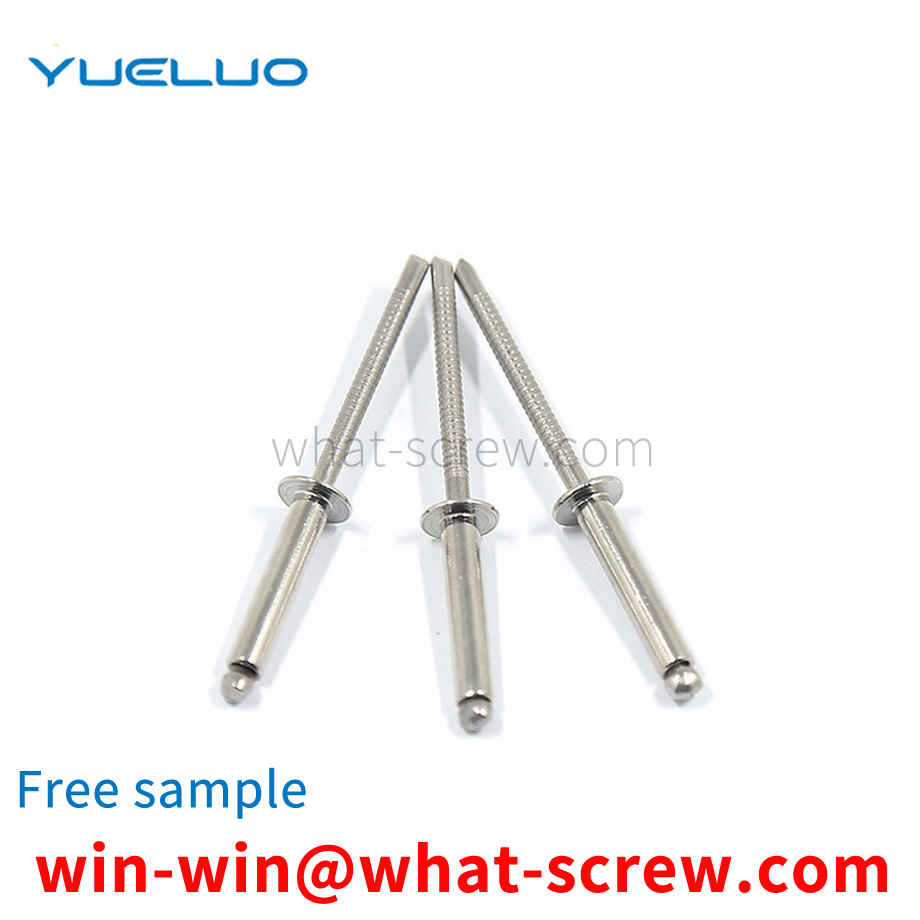
met a customer before, and the stainless steel screws needed by the company need to be prevented from loosening. Simply put, the stainless steel screw should be used on the product material so that the stainless steel screw will not fall off lightly. The screws are required to be more tightly connected with the product material. For the solution of stainless steel screw anti-loosening, there are two solutions. Next, the following two solutions to prevent loosening of stainless steel standard parts are presented. The first is to use the resilience of special materials, such as engineering resin materials, which have good resilience. Attach it to the stainless steel screw thread. Make it mechanically rub against the nut, or material product. Generate vibration and absolute resistance. Completely solve the problem of loose screws. The second, simply put, is to apply a layer of glue on the thread of the stainless steel screw, the so-called dispensing. This glue is called drop-resistant glue. This glue has good properties such as high stickiness and non-toxicity. This glue is applied to stainless steel screws, and when dry, it adheres extremely well. The stainless steel screw thread can be combined with the nut thread, or after the product threaded hole is joined, resulting in a super tightening effect. Play a super good anti-loosening effect.
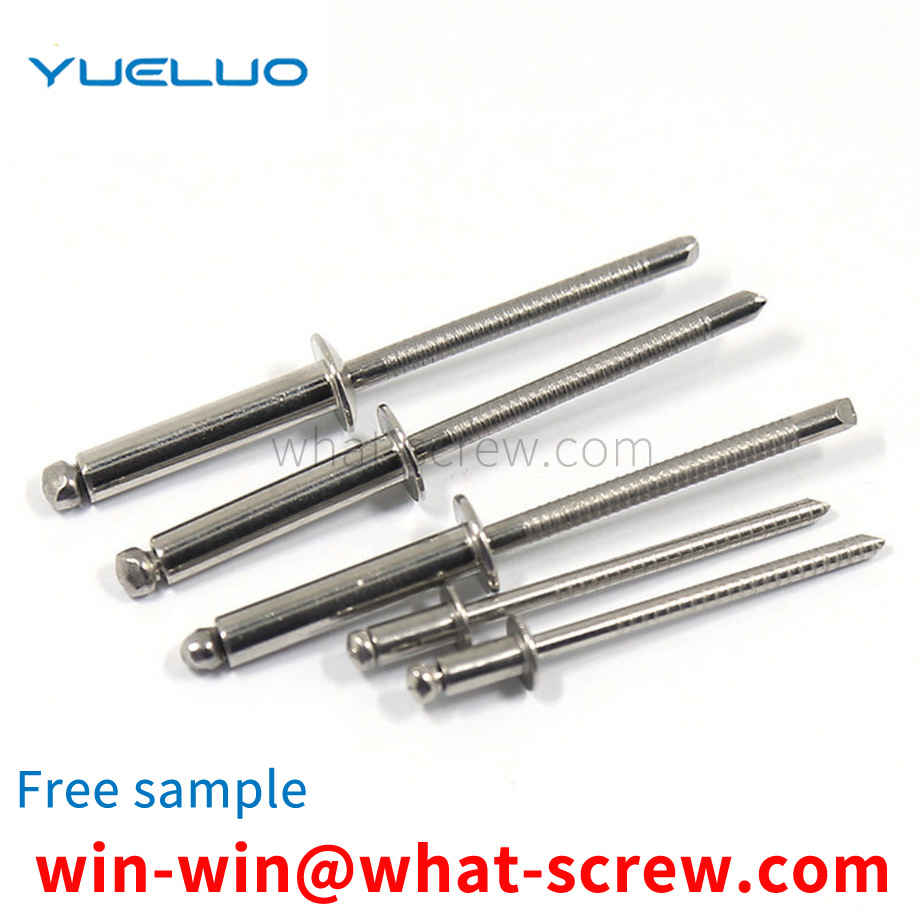
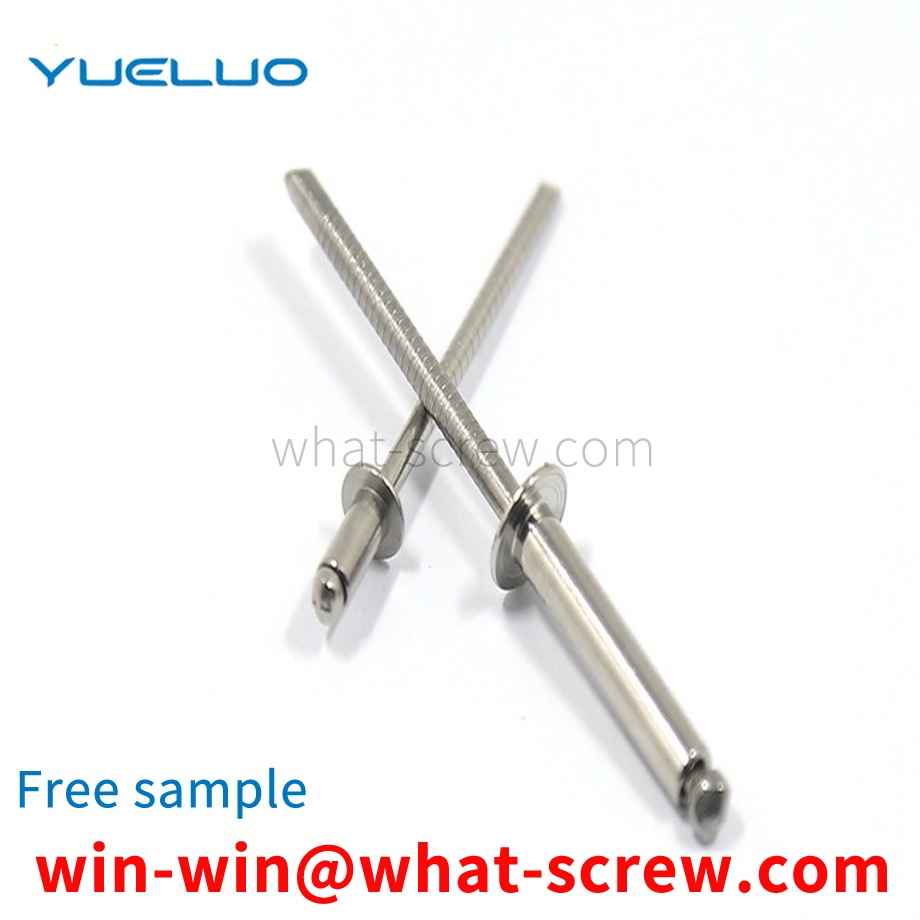
In many national standards, there will be a division of intensity levels. Combination screws are no exception. The strength grade of the combined screw is divided according to the material of the screw wire and the hardness index of the screw wire. General combination screw materials are divided into stainless steel and iron, stainless steel is divided into stainless steel 201, stainless steel 304 and stainless steel 316 and so on. Iron is divided into three types: low carbon steel, medium carbon steel, and high carbon steel. Carbon steel combination screws refer to iron combination screws. Generally, iron combination screws are classified into grades 4.8, 8.8, 10.9, and 12.9. However, the combination screws of grade 10.9 and grade 12.9 are rarely used in the market, so we will not talk about them here. And the combination screws on the market are more commonly used combination screws of grade 4.8 and 8.8. 4.8 grade combination screws are generally made of 1010A screw wire rods. After the screw wire rods are beaten into screws, they are combined with spring flat washers. After production, this 4.8 grade combination screw does not need to be hardened. Its hardness can reach 4.8. 8.8 grade combination screws are generally made of screw wire 10B21 piers. After the screw and wire piers are made into screws, they are equipped with spring washers and flat washers. They can pass through the automatic elastic flat washer machine to rub the three pieces together. Fasten the spring-flat washer combination on the screw, and the spring-flat washer will not fall off. After the combination screw is produced, it needs to be hardened to make the hardness reach 8.8. After the hardness reaches 8.8, we need to take it for electroplating. In order to prevent hydrogen embrittlement of the spring washer in the 8.8-level combination screw with added hardness, it is easy to break. In this way, we have to perform hydrogen removal treatment on the hardened combined screws, and only after the hydrogen removal can be plated. In short, there are many kinds of standard grades of combined screw strength, but generally only two types are used in the market, one is the 4.8-level combined screw strength, and the other is the 8.8-level combined screw strength. 4.8-level combination screws are the most used in the market and customer needs, and have a wide range of applications. As for the standard strength of 8.8-level combination screws, we generally refer to 8.8-level hexagon socket head combination screws, 8.8-level pan head combination screws, and 8.8-level external hexagon combination screws. These three are more commonly used.
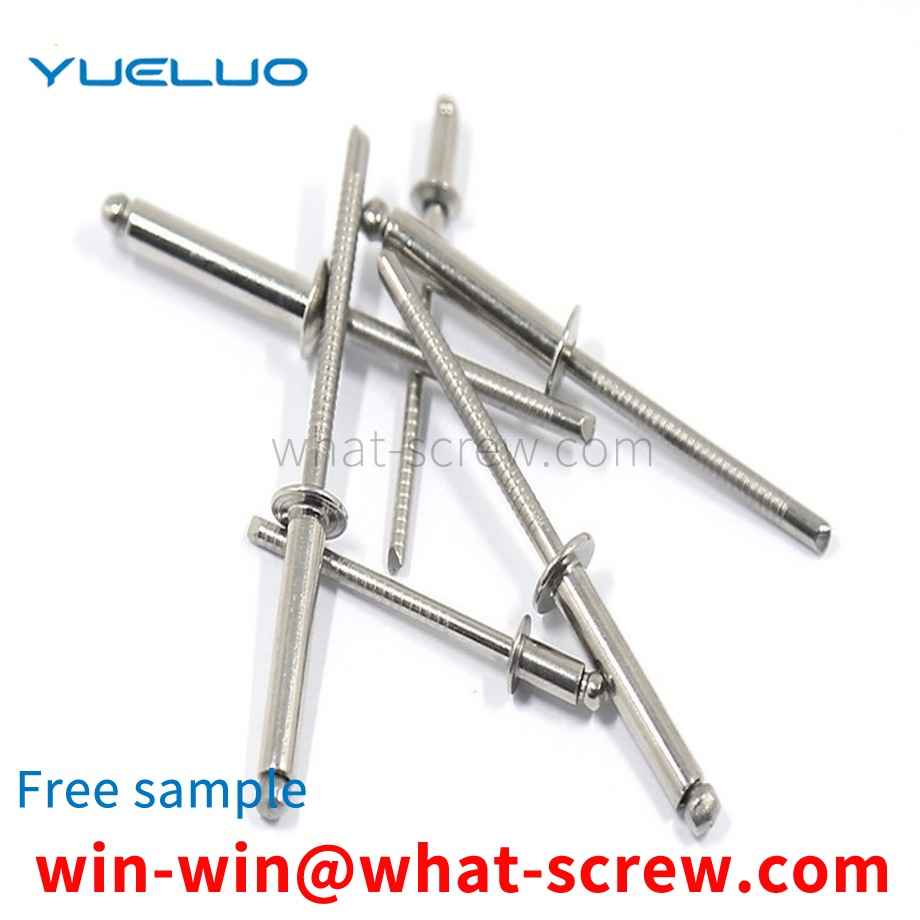
In actual use, the rivet rod body 3-2 is passed through the riveting plate 6 and the riveting plate 7, and the rivet dome head 3-1 is placed in the mold cavity 1-1, and the cover mold 2 is driven by the riveting machine to impact the rivet rod body 3-2. Because the center of the cover mold 2 is provided with a cavity 2-1 that matches the shape of the rivet dome 3-3, the end of the rivet rod 3-2 will form the rivet dome 3-3. However, due to the rivet When the riveting machine is impacted and vibrated, a large amount of oxide slag 4 will be generated, and the oxide slag 4 will slide down the surface of the cavity 1-1 to the bottom of the cavity 1-1 and accumulate. At this time, the temperature of the rivet is very high and the plasticity is very good. The hardness is extremely low and it is easy to form. Therefore, the accumulated oxide slag 4 squeezes the surface of the rivet dome 3-1 and the bottom surface of the cavity 1-1 to form pits, and causes wear on the bottom surface of the cavity, not only It affects the riveting quality, riveting strength and appearance quality of the rivet, and also affects the quality of the rivet die, resulting in economic losses.
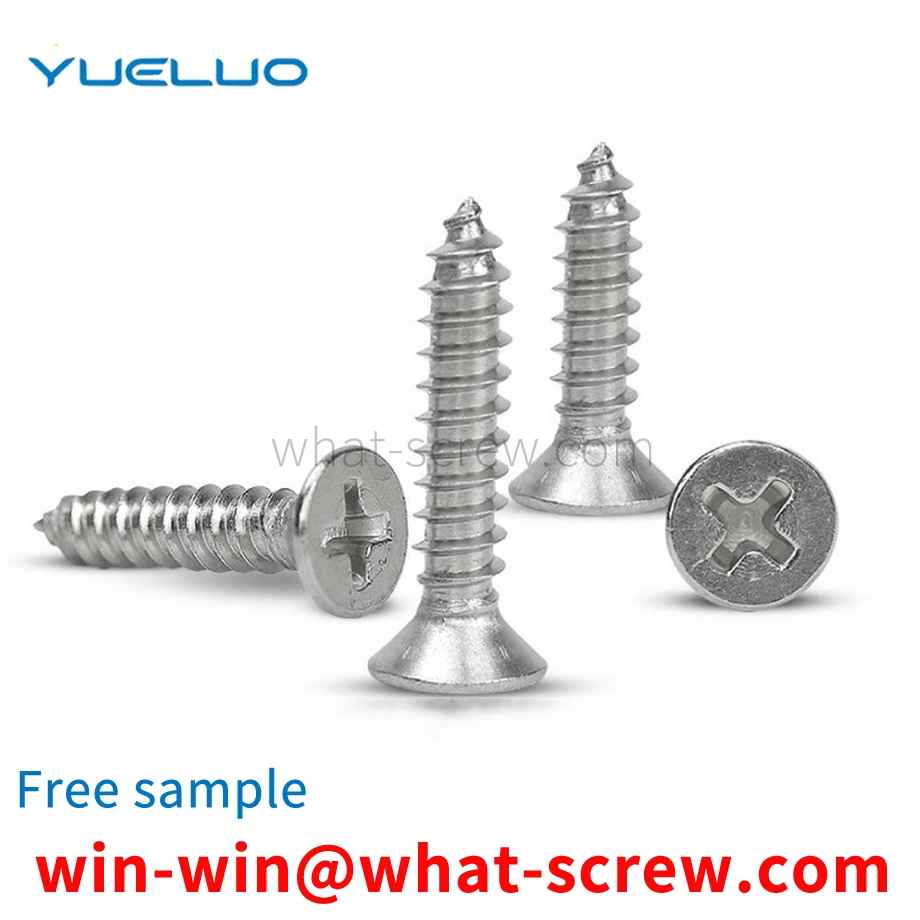
The above content is uploaded by Yueluo or the Internet. If there is any copyright issue, please contact [email protected].

What is the tolerance range of precision screws?

How to choose the right stainless steel screw manufacturer?

Why is there an R angle under the head of the hexagon head s...
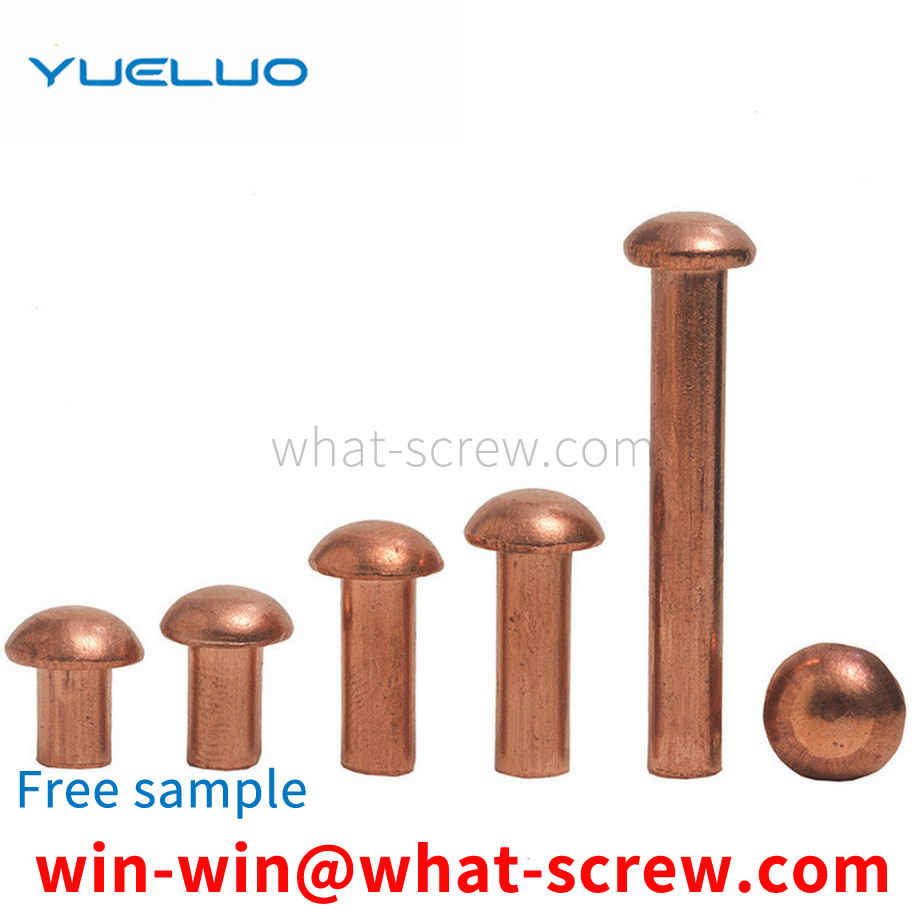
We have more than ten years of experience in the production ...
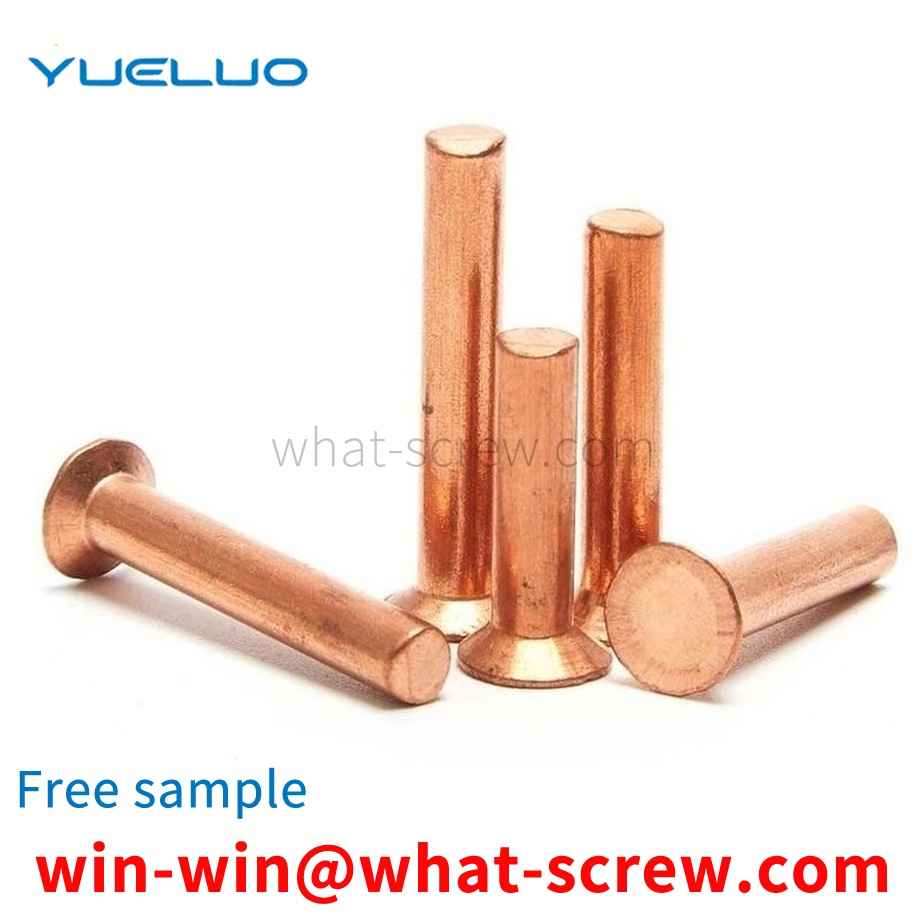
We have more than ten years of production experience in the ...
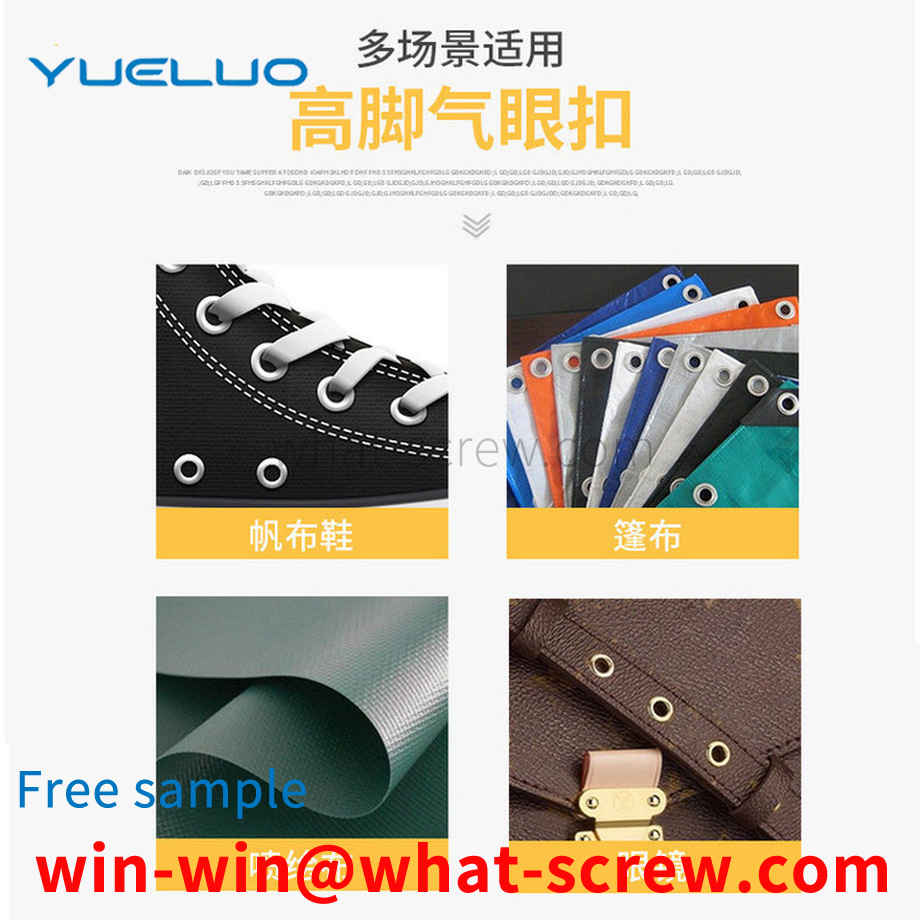
We have more than ten years of experience in the production ...
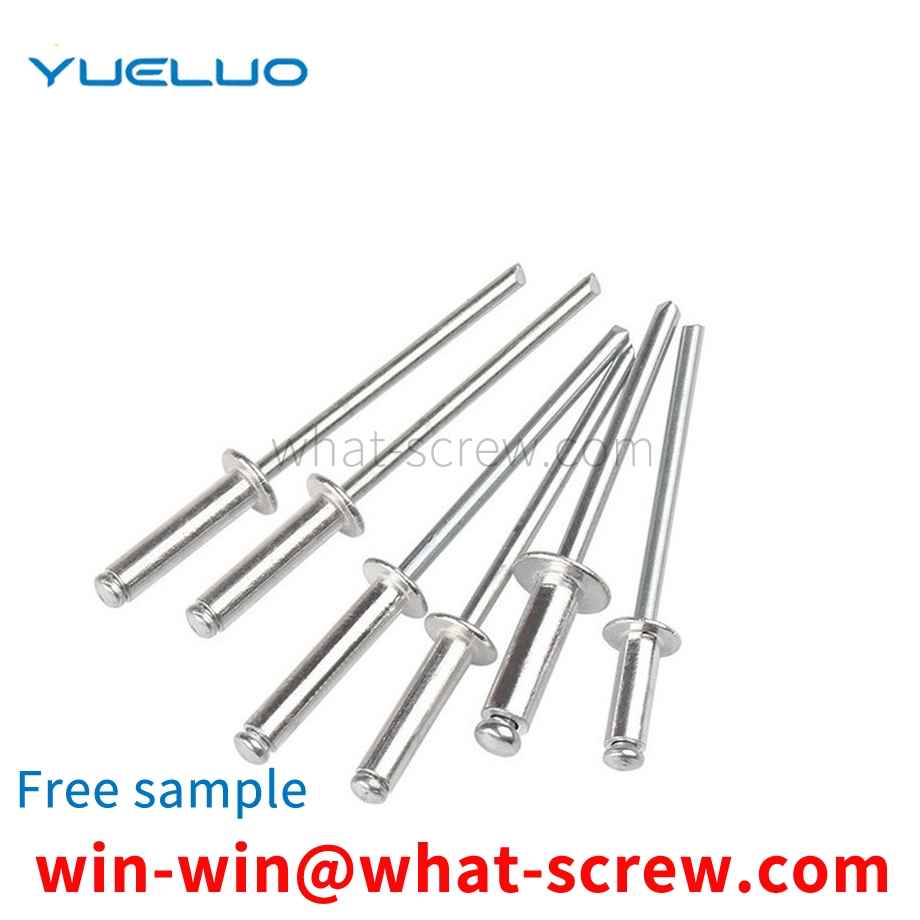
We have more than ten years of experience in screw industry ...